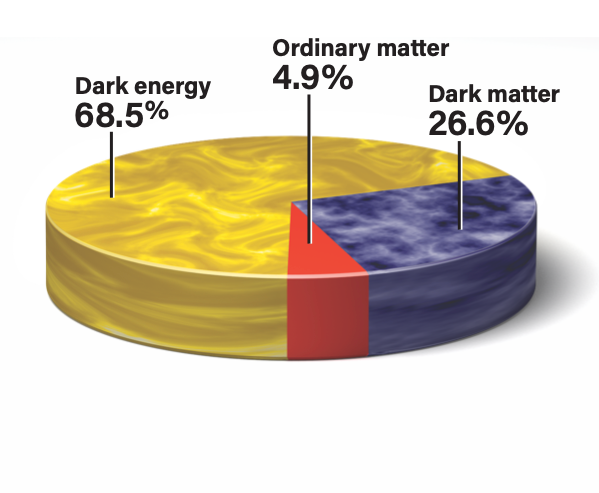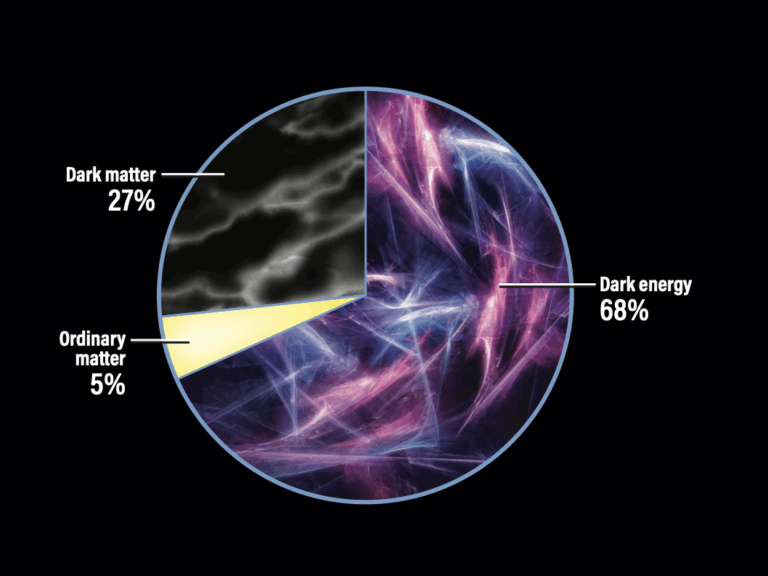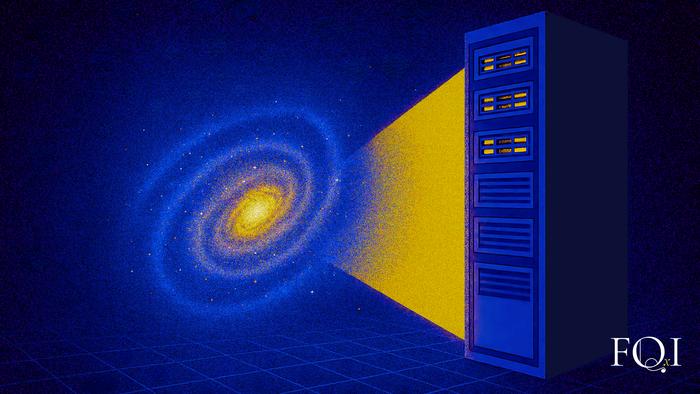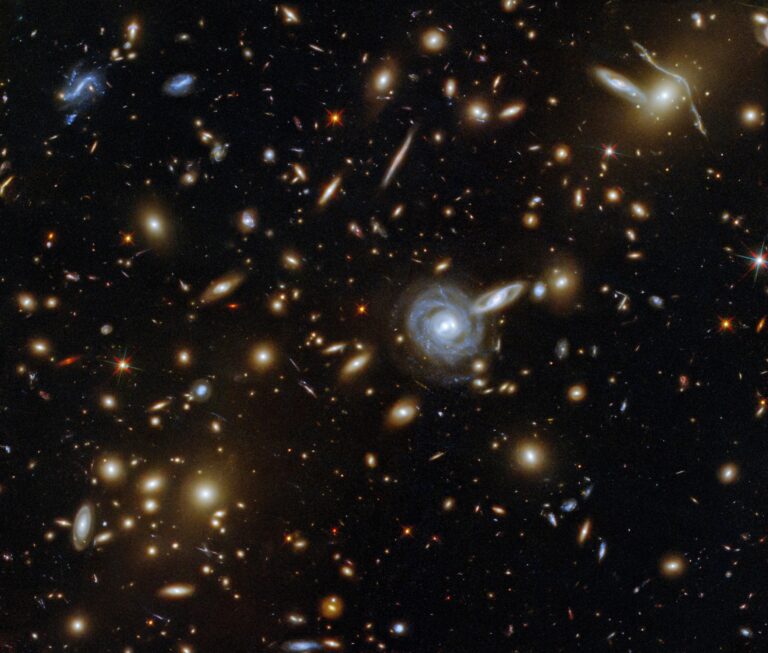Key Takeaways:
During the dark ages, there was a background of infrared radiation: the remnant glow of the primordial fireball that would eventually, in our present-day universe, cool down into the low-energy photons of the famous cosmic microwave background. In a way, the dark age terminology assumes the viewpoint of a hypothetical human observer, with eyes attuned to perceive visible light only. And in this specific sense, the dark ages really were “dark,” meaning the absence of any sources of visible light.
The other important principle at play here is the expansion of the universe, discovered by Edwin Hubble. All light traveling through this “Hubble flow,” the generalized movement of galaxies away from any observer, is redshifted because the expansion of space itself stretches the wavelengths of photons, making them redder and less energetic. This is also the fate of the exceedingly hot radiation produced in the Big Bang. At first, the universe was so hot that all hydrogen was ionized, stripped of its electrons by energetic photons. Over time, this radiation became less energetic and “colder.”
About 400,000 years after the Big Bang, the photons of this primordial background radiation were already redshifted into the infrared. Their energy was no longer sufficient to ionize hydrogen, so that protons and electrons could combine to form neutral hydrogen atoms for the first time in cosmic history. This moment of “recombination” marks the beginning of the dark ages. To end them, the first stars had to form, the so-called Population III stars. Once they appeared, we again had sources of visible light, and also of higher-energy ultraviolet radiation.
This crucial epoch in cosmic history, when the first stars brought about an end to the cosmic dark ages, is currently beyond the capabilities of our most powerful telescopes, such as the Hubble Space Telescope or the Keck telescopes in Hawaii. When the James Webb Space Telescope is launched around 2020, astronomers will be able to push the horizon of what is observable all the way to the end of the dark ages. That will be a remarkable moment of discovery.










